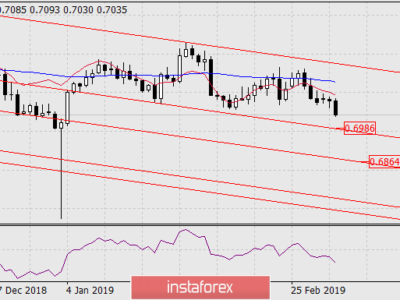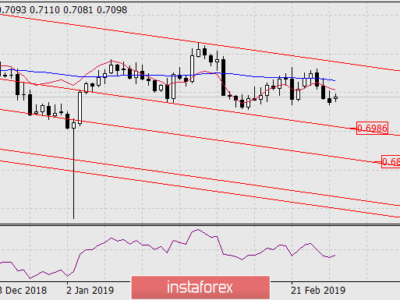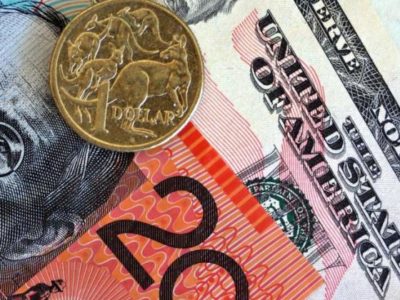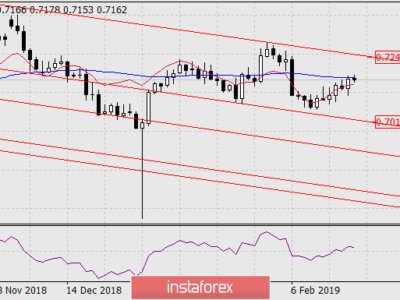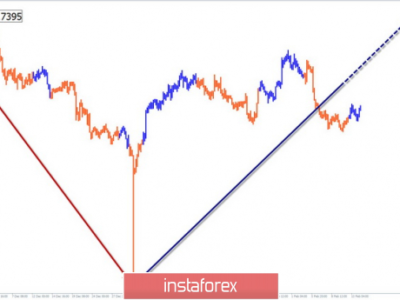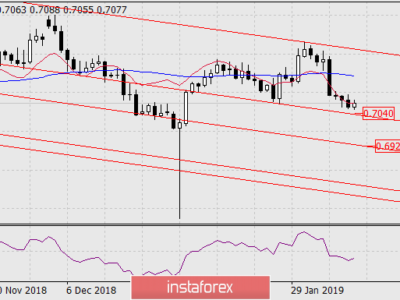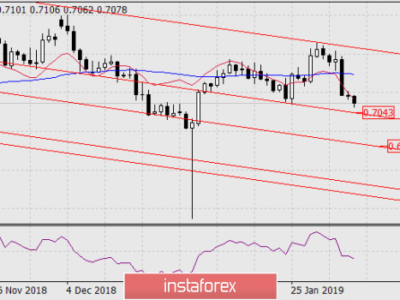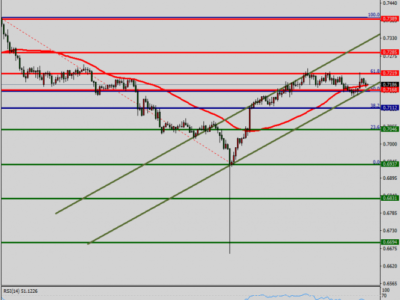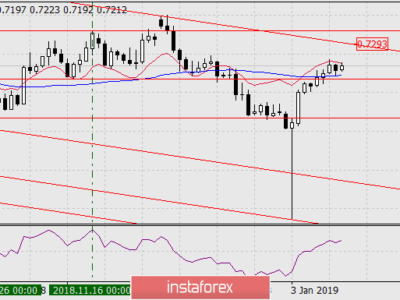AUD/USD short-term outlook based on recent economic reports
Before commodity markets started cooling off last year, the multi-decade commodity boom drove the Australian Dollar to all-time highs against the US Dollar severally. This caught the attention of the traders who were in many cases attracted by the interest rate differentials in the AUD/USD pairing. The duo benefit of this was that traders could take a long position on the AUD/USD and earn rollover from it; while at the same time gaining from the aggressive bull-run experienced then between the pairs.
The Australian Dollar (Aussie) has however in the recent past been subjected to negative economic outlook back at home due to the bear markets in the commodities markets especially the metals. The slow-down in Chinese economy as they restructure their economic model to boost their local consumption also had negative impacts on Australia’s commodity exports; resulting to more pressure on the Aussie. This is a reversal of the past when the currency had been identified as one of the favored vehicles for traders.
The AUD/USD currency pair has been trading within the range of 0.7600 and 0.770 in the past weeks. The currency pair has appreciated by about 5.34% for the year-to-date. Recent developments in Australia and United States of America economic environments however have been shaping the AUD/USD price actions and affecting sentiments from the traders. Among the top economic news from Australia that will shape how the price of the pair will be fluctuating into the future include the decision by the Reserve Bank of Australia to cut the interest rates to 1.5% on August 2nd 2016. On the other hand, the US released better than expected payroll’s data for the month of July 2016 and that has had a positive impact on the dollar. Both these two major announcements will be shaping the trend of the pair in the markets in different ways and ultimately they will affect your trading decision on the pair.
In a bid to boost consumer confidence and stimulate a consumption driven economic growth, the Reserve Bank of Australia cut its interest rate to 1.5% in August 2nd 2016 after another cut in May 2016 to 1.75%. The goal of the bank is to increase money supply in the economy and boost the purchasing power of consumers in order to trigger an increase in production and hence ultimately end up with higher GDP growth. It is however feared that the move will result in inflation rising hence rendering the monetary policy intervention counter-productive. With the rising inflation the Australian Dollar would eventually find itself hurt through depreciation against other major world currencies including the US Dollar. To dispel the inflation fears, Mr. Alan Oster the chief economist at the Reserve Bank of Australia said that “the outlook for inflation remains very subdued with underlying inflation expected to remain below the bottom of the 2 to 3 per cent target band until mid-2018.”
On the US economy, the labor department released the July jobs report on August 5th which was a record higher than the projections from economic analysts. The report showed that the US created 255,000 new jobs in the month of July 2016 against a forecast of about 180,000 jobs by most analysts. This data caught the market as a surprise and triggered an upward rally at the equities markets across the US. Having the payrolls expanding is therefore a proof of the confidence that both the US public and private sectors have in their economy and this re-affirms the position of the United States of America as the strongest economy in the world. The dollar is now rallying on such positive news and hence gaining more ground against other major global currencies as explained by AOMarkets in their analysis, “A resurgent USD is dominating financial news headlines and US indices are enjoying the spillover effects.”
Taken together, the AUD/USD currency pair seem to be leaning favorably on one side based on the just released economic data from both the US and Australia. The USD is riding on positive jobs data and the implied strengthening of the US economy. On the other hand the AUD is faced with potential depreciation if increased borrowing due to the rate cut results in an increase in spending that might trigger inflationary pressures. In the short-run we can therefore expect the USD to rally against the AUD before the election fever peaks in the US.
The post AUD/USD short-term outlook based on recent economic reports appeared first on Algorithmic and Mechanical Forex Strategies | OneStepRemoved.
Source:: AUD/USD short-term outlook based on recent economic reports


